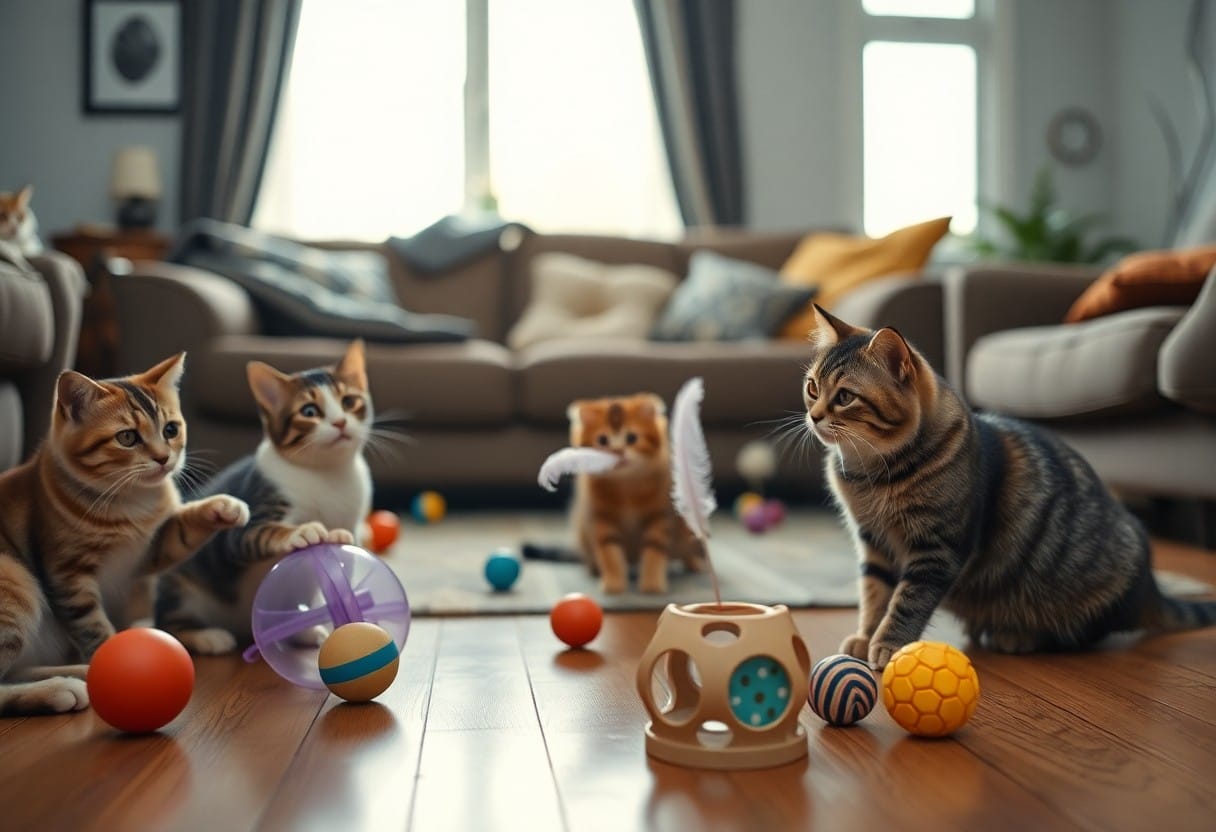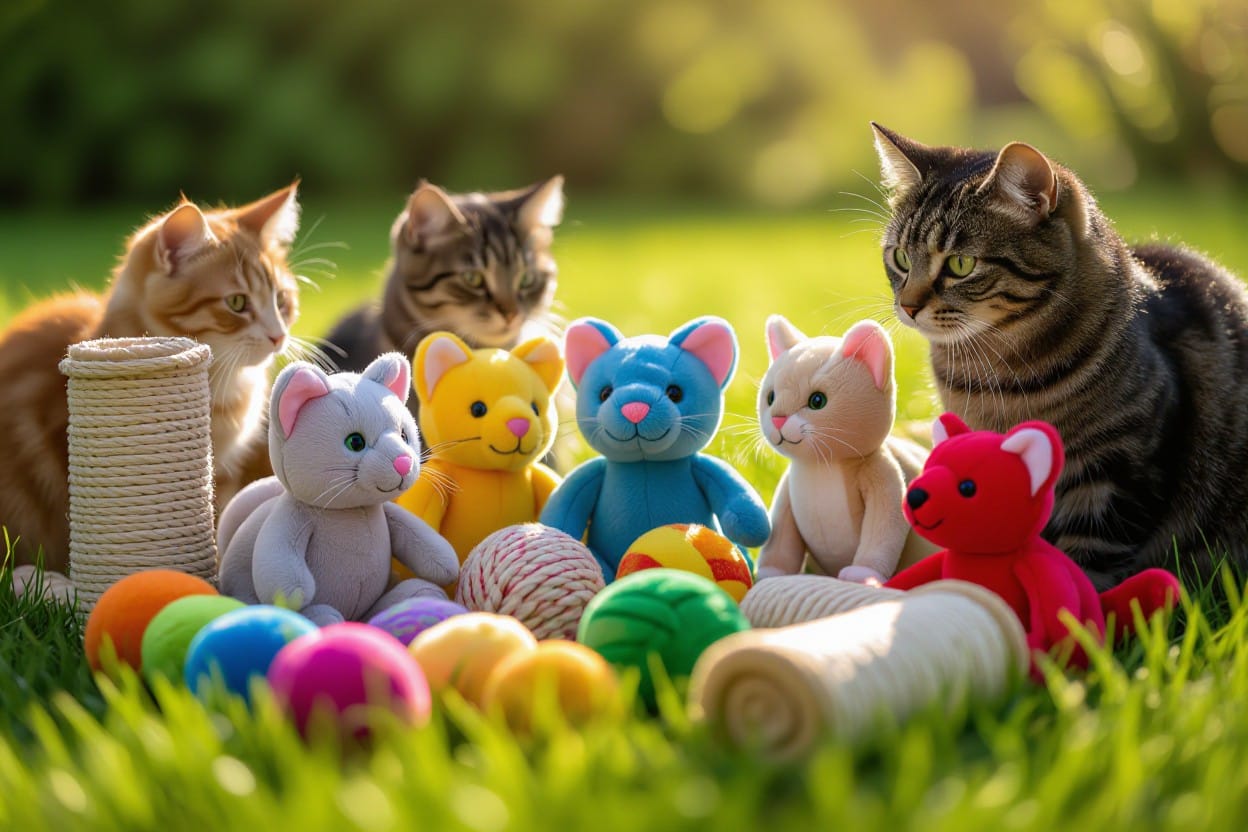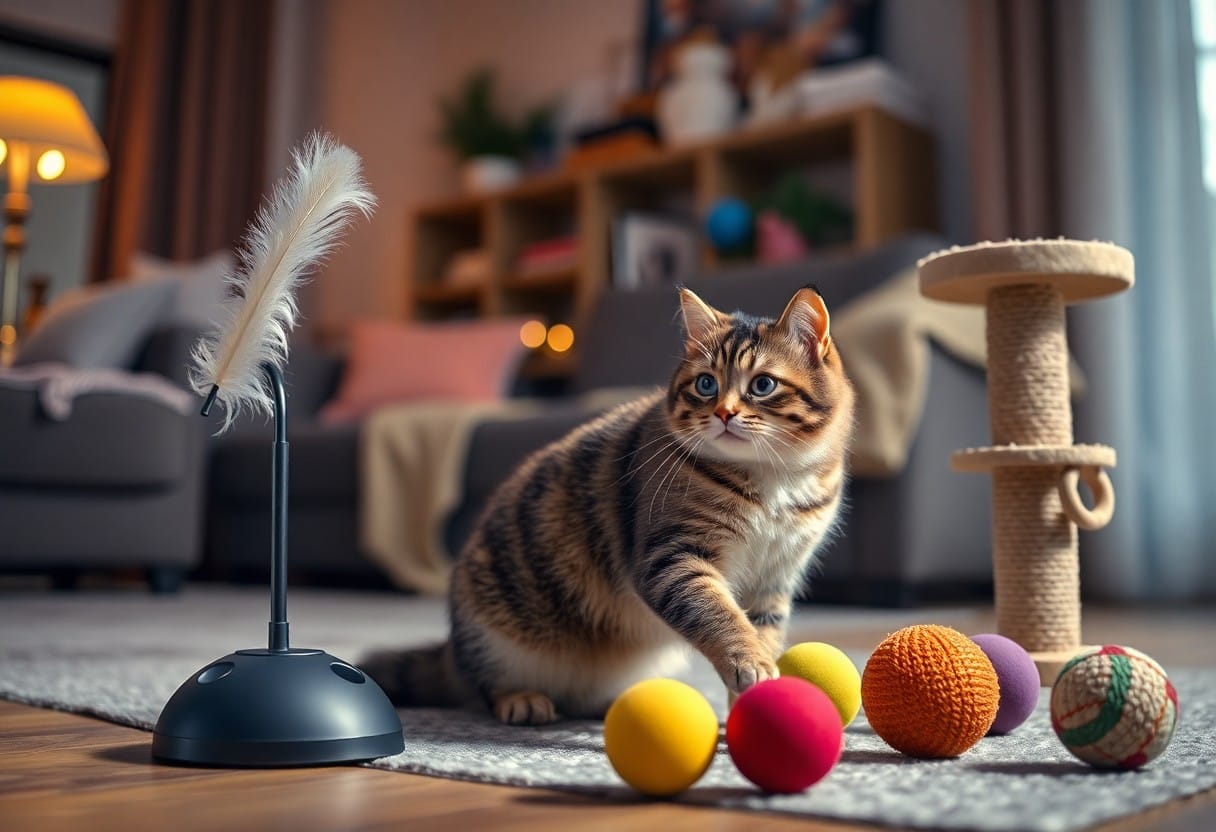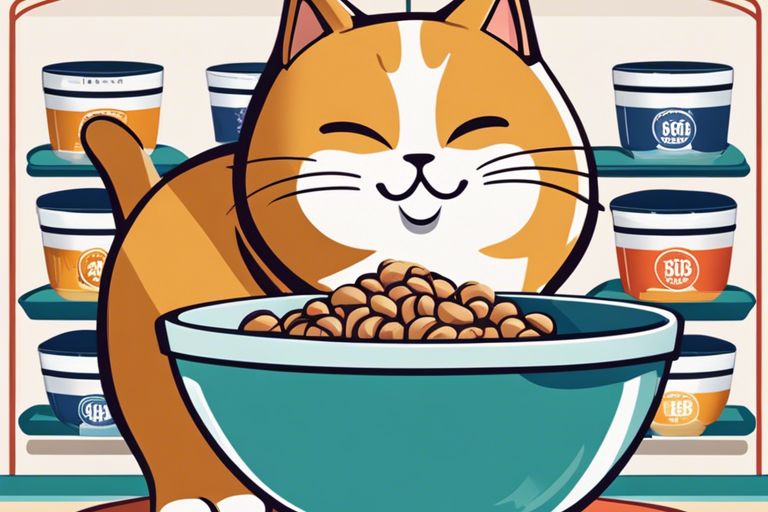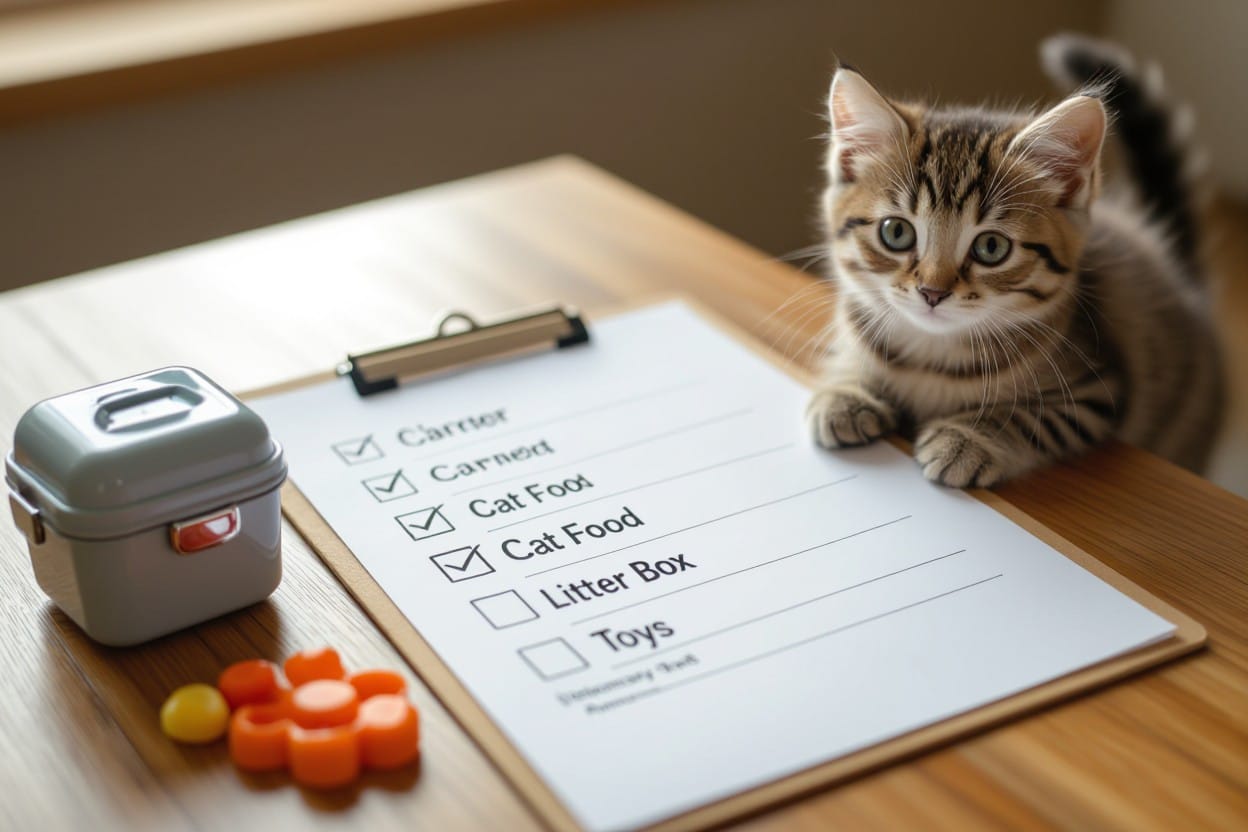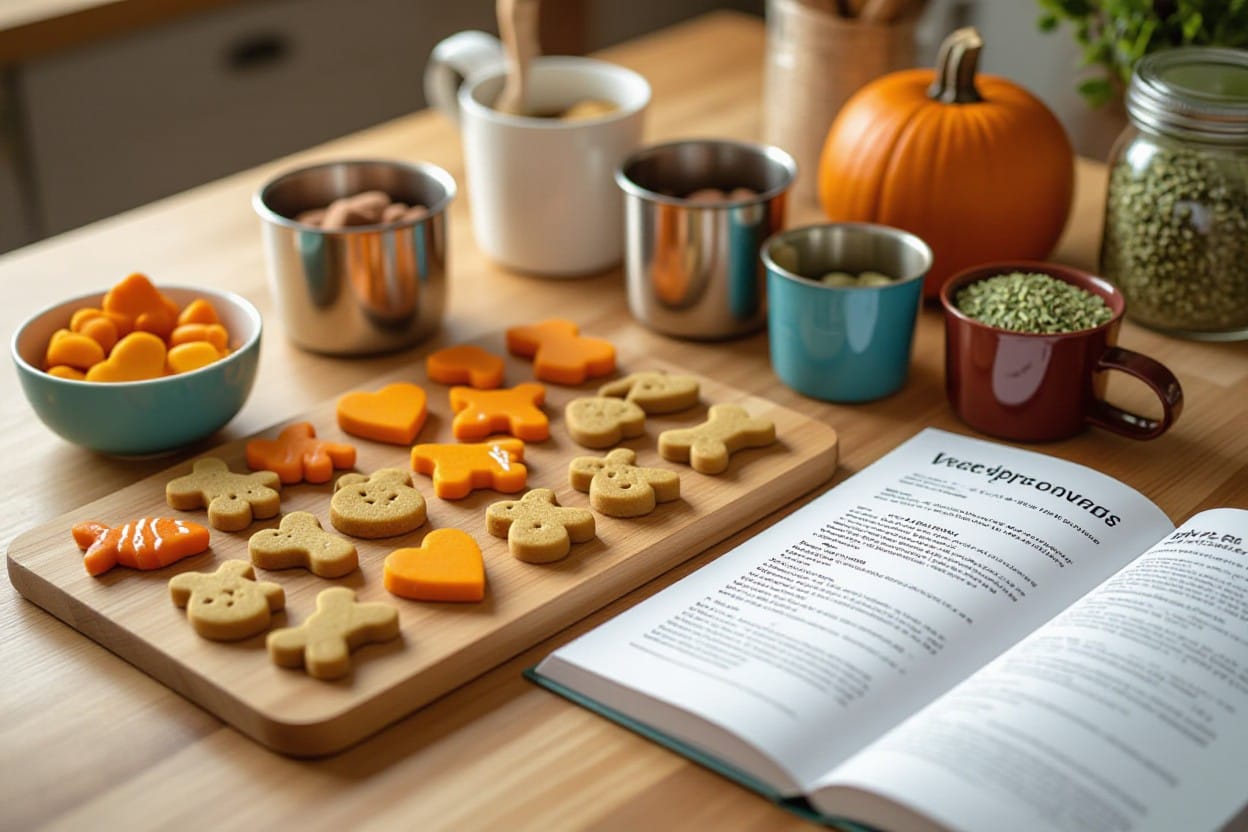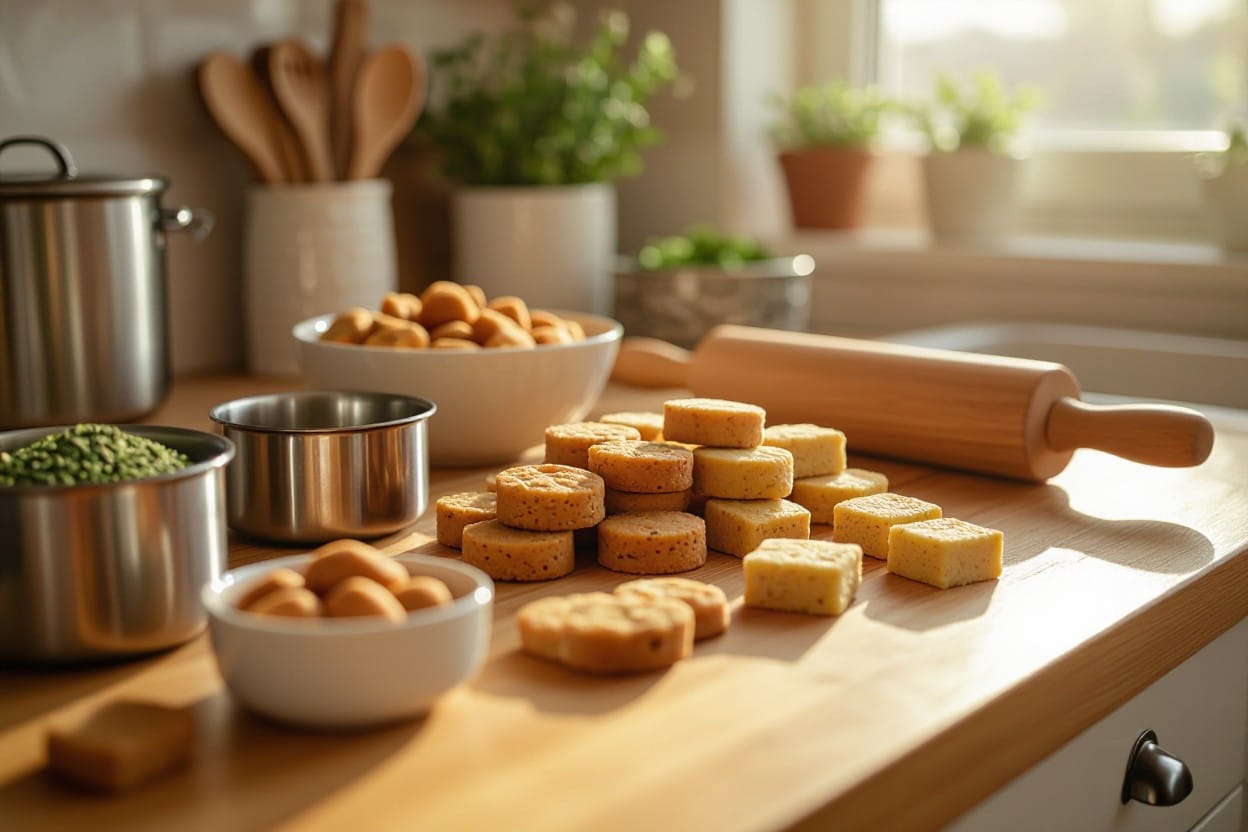Most cat owners know the joy that catnip can bring to their feline friends. Instead of spending a fortune on store-bought cat toys filled with catnip, why not try making your own at home? Not only is it a fun and creative activity, but it can also save you money in the long run. In this guide, we will show you how to easily make your own catnip toys that your furry companion will love.

Understanding Catnip and Its Effects on Cats
What is Catnip?
An imperative component in making your own catnip toys is understanding what catnip is. Catnip, scientifically known as Nepeta cataria, is a perennial herb belonging to the mint family. It contains a compound called nepetalactone, which is responsible for the distinctive reaction cats have to catnip.
Why Cats React to Catnip
One of the most fascinating aspects of catnip is how it affects cats. When cats smell or ingest catnip, it can trigger a range of behaviors, including rolling, rubbing, purring, and even playful aggression. The response to catnip is hereditary, with about 50-70% of cats showing sensitivity to it. Even big cats like lions and tigers can exhibit similar reactions to catnip.
What makes catnip intriguing is that the reaction is not fully understood by scientists. The nepetalactone in catnip activates sensory neurons in a cat’s brain, leading to a euphoric response. It is believed that this reaction is due to the compound mimicking pheromones that naturally affect cats, resulting in this unique behavior.
Preparing to Make Your Catnip Toys
Now, before you start creating your own catnip toys at home, it’s important to take some precautions to ensure your safety as well as your cat’s safety.
Safety Tips Before You Start
Some safety tips to keep in mind include wearing gloves to protect your hands from any sharp objects or potential irritants. Make sure to create your catnip toys in a well-ventilated area to avoid inhaling any dust particles that may arise during the crafting process. Recognizing any potential hazards before you begin will help you have a smooth and safe crafting experience.
Materials and Tools You Will Need
Preparing to make your own catnip toys requires some vital materials and tools. Some of the materials you will need include catnip, fabric (such as felt or cotton), stuffing material (like polyester fiberfill), thread, and cat-safe dyes or markers for decorating. Additionally, you will need basic tools like scissors, sewing needles, a sewing machine (optional), and a measuring tape to create the perfect size toys for your feline friend.
It’s important to gather all your materials and tools before you begin making your catnip toys to ensure a smooth crafting process. Having everything organized and readily available will help you create fun and safe toys for your cat to enjoy.

How-To: Simple Catnip Toy Projects
Keep your feline friend entertained and happy with homemade catnip toys that you can easily make at home. Not only are these toys cost-effective, but they are also a fun way to bond with your pet. In this chapter, we will guide you through simple catnip toy projects that will provide hours of entertainment for your beloved cat.
Easy No-Sew Catnip Pouches
For cat owners looking for a quick and easy DIY project, no-sew catnip pouches are the perfect solution. All you need is some fabric scraps, catnip, and a few minutes of your time. Simply cut a small piece of fabric in a square or rectangular shape, place a pinch of catnip in the center, and tie the fabric into a pouch using a rubber band or some string. Your cat will love the scent of the catnip and enjoy batting around the pouch for hours of playtime.
Knotted String Catnip Toys
Little more than just a ball of yarn and some catnip, knotted string catnip toys are a favorite among many felines. To make these toys, cut a long piece of yarn and tie a few knots along its length. Add some catnip to the knots before tightening them, creating a toy that will entice your cat’s natural instinct to play and hunt. These toys are not only simple to make but also provide endless entertainment for your kitty.
Intermediate Catnip Toy Creations
Handmade Catnip Mouse
With just a few materials and a touch of creativity, you can craft a handmade catnip mouse that will provide your feline friend with hours of entertainment. Start by cutting felt or fabric into the shape of a small mouse, leaving room to sew it together. Fill the mouse with catnip and some stuffing, then carefully sew it closed.
Your cat will love batting around their handmade catnip mouse, enjoying the enticing scent of catnip as they play. This DIY toy allows you to customize the size and shape of the mouse to match your cat’s preferences, making it a personal and engaging toy for them to enjoy.
The Interactive Catnip Ball
Interactive toys are a great way to engage your cat’s natural hunting instincts and keep them entertained for hours on end. Create an interactive catnip ball by wrapping yarn or twine around a small ball, incorporating dried catnip into the layers as you go. Leave pieces of yarn hanging off the ball to mimic prey and entice your cat to play.
Interactive toys like the catnip ball provide mental and physical stimulation for your cat, encouraging them to stay active and agile. By incorporating catnip into the toy, you add an extra element of excitement that will keep your cat coming back for more.
Catnip
Catnip is a herbaceous plant from the mint family, commonly used to create toys that induce a euphoric response in cats. When cats come into contact with catnip, they may exhibit playful behavior, excitement, or relaxation. Not all cats respond to catnip, as sensitivity to its effects is genetic and may vary among individuals.

Factors to Consider for Durable Catnip Toys
Unlike expensive store-bought catnip toys, homemade catnip toys can be just as enticing for your feline friend if you take certain factors into consideration. Ensuring the durability of these toys is crucial to provide long-lasting entertainment for your beloved pet.
Choosing the Right Fabrics
There’s a wide variety of fabrics to choose from when making your own catnip toys, but not all fabrics are suitable for withstanding the playful antics of a cat. Opt for sturdy fabrics such as canvas, denim, or heavy-duty cotton that can withstand scratching and biting. Avoid using fragile materials that can easily tear or unravel, as they may pose a choking hazard to your cat.
- Choose fabrics that are machine washable for easy cleaning and maintenance.
- Consider the texture of the fabric – cats often prefer fabrics with a rough, textured surface that mimics the feel of prey.
Ensuring Durability and Safety
Ensuring the durability and safety of homemade catnip toys is paramount to prevent any potential hazards to your feline companion. Use strong, reinforced stitching to secure seams and prevent unraveling during vigorous play sessions. Thoroughly inspect the toys for any loose threads or small parts that could be ingested, leading to digestive issues.
Right before giving the toy to your cat, give it a gentle tug test to check for any weak spots or loose parts that could come off and be swallowed. Keep in mind, your cat’s safety should always be the top priority when making homemade catnip toys.
Thoughest the process of making durable catnip toys may require a bit more effort upfront, the joy of seeing your cat play with a safe and long-lasting toy will be well worth it in the end.
Additional Tips for Catnip Toy Success
Despite making your own catnip toys at home, there are additional tips you can follow to ensure your feline friend will enjoy them to the fullest. From strategies for encouraging play to maintaining and refreshing catnip toys, these tips will help you make the most out of your DIY creations.
Strategies for Encouraging Play
If your cat seems disinterested in the catnip toys you’ve made, try engaging them in interactive play. Use a wand toy to simulate prey-like movements, or hide the catnip toys in different spots around the house to encourage hunting behavior. Additionally, rotating the toys and introducing new ones every so often can keep your cat engaged and excited about playtime.
After all, every cat has its own unique preferences when it comes to play, so don’t be discouraged if your cat doesn’t immediately take to the catnip toys. Experiment with different textures, shapes, and sizes to see what captures your cat’s interest the most.
Maintaining and Refreshing Catnip Toys
An necessary part of ensuring your cat continues to enjoy their homemade catnip toys is to regularly maintain and refresh them. Catnip loses its potency over time, so it’s a good idea to replace the catnip in the toys every few weeks to keep them appealing to your cat. You can also spritz the toys with water or a catnip spray to revive the scent.
Another tip is to keep an eye on the condition of the toys themselves. If they start to show signs of wear and tear, such as loose threads or stuffing coming out, it’s best to replace them to avoid any potential safety hazards for your cat. Do not forget, the health and well-being of your feline companion should always come first.
Final Words
Ultimately, making your own catnip toys at home is a fun and cost-effective way to provide enrichment for your feline friend. By using simple materials like fabric scraps and dried catnip, you can create toys that will keep your cat entertained and happy. Not only does it save you money, but it also allows you to customize the toys to your cat’s preferences.
So, forget about expensive toys from the store and try making your own DIY catnip toys at home. Your cat will thank you for the extra love and attention, and you’ll enjoy the satisfaction of knowing you provided them with a toy that was made with care and creativity.
FAQ
Q: Why should I make my own catnip toys at home?
A: Making your own catnip toys at home is not only cost-effective, but it also allows you to customize the toys to suit your cat’s preferences. Store-bought toys can be expensive and may not always be as appealing to your cat.
Q: How do I make a simple catnip toy at home?
A: To make a simple catnip toy at home, you can use a small piece of fabric, fill it with a generous amount of dried catnip, and sew it shut. Your cat will be enticed by the scent of the catnip and will enjoy playing with the toy.
Q: What materials do I need to make catnip toys at home?
A: You will need fabric scraps, dried catnip, a needle and thread, and some basic sewing skills to make catnip toys at home. These materials are readily available and inexpensive.
Q: How often should I replace my cat’s catnip toys?
A: Catnip toys can lose their potency over time, so it’s a good idea to replace them every few months to keep your cat interested and engaged. Inspect the toys regularly for any signs of wear and tear.
Q: Are there any safety precautions I should take when making catnip toys at home?
A: When making catnip toys at home, make sure to securely stitch the toys to prevent your cat from ingesting the catnip. Additionally, always supervise your cat when they are playing with the toys to prevent any accidents.
